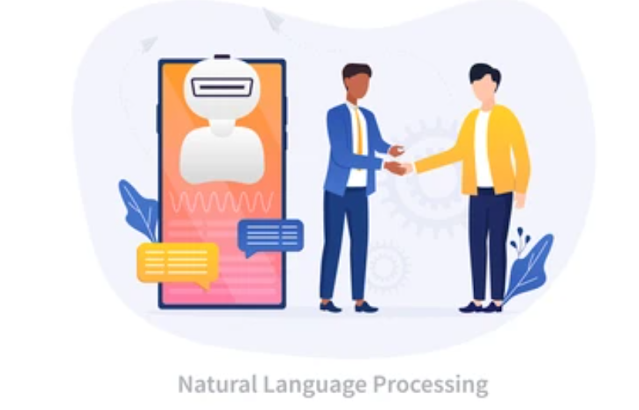Natural Language Processing: Applications and Techniques
Natural Language Processing (NLP) is a branch of artificial intelligence that focuses on the interaction between computers and human language. It involves the development of algorithms and techniques to understand, analyze, and generate natural language text or speech. NLP has a wide range of applications and uses various techniques to process and interpret human language. Here's an overview of NLP applications and some common techniques used:
Sentiment Analysis:
Sentiment analysis aims to determine the sentiment or opinion expressed in a piece of text, such as positive, negative, or neutral. It is widely used in social media monitoring, customer feedback analysis, and brand reputation management. Techniques such as lexicon-based analysis, machine learning, and deep learning are used to classify sentiment.
Text Classification:
Text classification involves assigning predefined categories or labels to text documents. It is used in spam detection, news categorization, topic modeling, and sentiment analysis. Techniques such as bag-of-words, TF-IDF (Term Frequency-Inverse Document Frequency), and machine learning algorithms like Naive Bayes, Support Vector Machines, or deep learning models like Convolutional Neural Networks (CNN) are commonly employed.
Named Entity Recognition (NER):
NER identifies and classifies named entities such as person names, locations, organizations, or dates mentioned in text documents. It is used in information extraction, chatbots, and question-answering systems. Techniques such as rule-based methods, statistical models (e.g., Hidden Markov Models), or deep learning models like Recurrent Neural Networks (RNN) and Transformers (e.g., BERT) are employed for NER.
Machine Translation:
Machine translation focuses on automatically translating text or speech from one language to another. It is used in applications like Google Translate and language localization. Techniques include statistical machine translation, rule-based translation, and neural machine translation (using deep learning models).
Chatbots and Virtual Assistants:
Chatbots and virtual assistants use NLP to understand and respond to user queries or commands in natural language. They are employed in customer support, personal assistants, and voice-controlled devices. Techniques include intent recognition, entity extraction, dialog management, and language generation.
Question Answering:
Question answering systems provide answers to user queries by extracting relevant information from structured or unstructured data sources. Techniques include information retrieval, passage ranking, natural language understanding, and reasoning mechanisms.
Text Summarization:
Text summarization techniques aim to generate concise summaries of longer text documents. They are used in news article summarization, document summarization, and automatic abstract generation. Techniques include extractive methods (selecting important sentences) or abstractive methods (generating new sentences).
Language Generation:
Language generation involves generating coherent and contextually appropriate text. It is used in chatbots, virtual assistants, storytelling, and content generation. Techniques include rule-based templates, statistical language models, or deep learning models like Generative Adversarial Networks (GANs) or Transformers.
These are just a few examples of the wide-ranging applications of NLP. NLP techniques continue to advance, incorporating deep learning models, transformer-based architectures, and pre-trained language models, enabling more accurate and sophisticated language understanding and generation capabilities.











